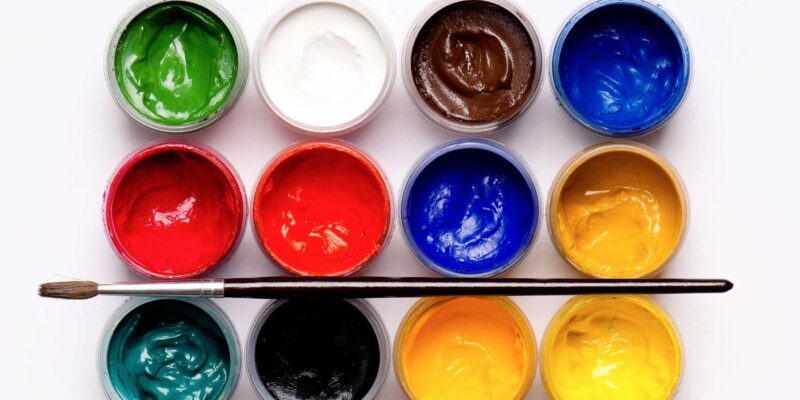
In the realm of visual arts, the choice of medium plays a pivotal role in determining the outcome of an artist’s expression. Among the plethora of mediums available, oil paints and acrylic paints stand out as two versatile and widely used options.
Each offers unique characteristics and benefits, catering to diverse artistic styles and preferences. In this exploration, we delve into the distinct qualities of oil paints and acrylic paints, shedding light on their individual merits and applications.
Oil Paints: A Timeless Tradition
Oil painting has a rich history dating back centuries, cherished for its luminous colors, rich textures, and longevity. Composed of pigments suspended in linseed oil or other drying oils, oil paints offer artists a slow-drying medium.
Allowing for meticulous blending and layering techniques. This characteristic makes oil paints particularly well-suited for creating intricate details and achieving smooth transitions between colors.
One of the most notable advantages of oil paints is their inherent ability to retain color intensity and luminosity as they dry. This attribute grants artworks created with oil paints a timeless quality, as the colors remain vibrant and true over time. Additionally, the extended drying time of oil paints enables artists to rework their compositions, making adjustments or refining details as needed.
The versatility of oil paints extends to various painting surfaces, including canvas, wood, and paper, offering artists the flexibility to experiment and explore different textures and effects. Furthermore, the availability of a wide range of oil painting mediums, such as linseed oil, stand oil, and turpentine, allows artists to customize the viscosity, drying time, and sheen of their paints to suit their preferences.
Acrylic Paints: Modern Versatility
In contrast to the time-honored tradition of oil painting, acrylic paints represent a more modern approach to artistic expression. Formulated from pigment particles suspended in an acrylic polymer emulsion, acrylic paints offer artists a fast-drying and water-soluble medium, making them ideal for quick-drying techniques and layering effects.
One of the defining characteristics of acrylic paints is their quick drying time, allowing artists to work rapidly and efficiently. Unlike oil paints, which may take days or weeks to fully dry, acrylic paints typically dry within minutes to hours.
Depending on the thickness of the application and environmental conditions. This rapid drying time enables artists to build layers quickly, experiment with textures, and achieve dynamic effects.
Another notable advantage of acrylic paints is their versatility across a wide range of surfaces, including canvas, paper, wood, and even fabric. Additionally, acrylic paints can be mixed with various mediums to alter their properties.
Such as extending drying time, increasing transparency, or adding texture. This versatility makes acrylic paints well-suited for a diverse range of artistic styles and techniques, from detailed realism to abstract expressionism.
Comparison and Conclusion:
While oil paints and acrylic paints each offer distinct advantages and characteristics, the choice between the two ultimately depends on the preferences and requirements of the artist. Oil paints are celebrated for their luminous colors, extended working time, and timeless quality, making them a favorite medium among traditional artists seeking to capture intricate details and subtle nuances in their work.
On the other hand, acrylic paints appeal to artists who value versatility, speed, and adaptability in their creative process. With their quick drying time, water-soluble nature, and compatibility with various surfaces and mediums, acrylic paints empower artists to explore a multitude of techniques and experiment freely with texture, color, and composition.
In conclusion, both oil paints and acrylic paints offer unique qualities and possibilities for artistic expression, enriching the creative landscape with their distinct characteristics. Whether an artist chooses the time-tested tradition of oil painting or embraces the modern versatility of acrylics, both mediums serve as conduits for imagination, creativity, and self-expression in the vibrant world of visual arts.








